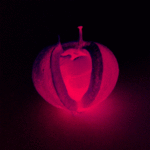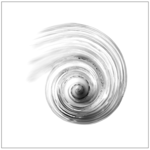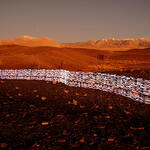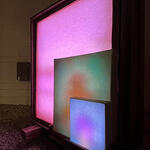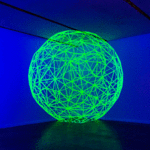Augusto Zanela
Bio
AUGUSTO ZANELA / Buenos Aires, 1967
Architect (UBA), he studied Photography, Drawing and Aesthetics, with Specialization in Cultural Industries. He created and directed the FADU/UBA Photography Workshop between 1991 and 2019. He is a Full Professor in the Bachelor's and Master's degrees in Electronic Arts at UNTREF, and at the University of Belgrano.
He gave courses, clinics, seminars and presentations of his work in different academic and artistic fields in Argentina, Brazil, Uruguay, Chile, Peru, Mexico, Spain, France, Italy, Germany, Switzerland, Canada and the United States.
For his work he obtained the following awards: Cultural Patronage for his Solaris project, years 2018 to 2022; Creators Line Subsidy of the Metropolitan Fund, Bs. As., 2017 and 2010; Cultural Patronage for his Teravisión project, 2015; Jury mention. Platt Prize for Visual Arts, 2008; "Ignacio Pirovano" Award for young artist of the year, Argentine Association of Art Critics, 2006; Grand Prize for Acquisition in New Supports and Installations, National Hall of Visual Arts, 2004; First prize. 1st Prize for Visual Arts from the Argentine Association of Art Galleries, 2003; First Prize in New Supports and Installations, National Hall of Visual Arts, 2002; Subsidy for artistic creation. Facilities. Antorchas Foundation, 2002; Scholarship for Audiovisual Creation. National Endowment for the Arts, 2002; Guillermo Kuitca Scholarship for young artists, 1997/1998. In 2019, its Solaris Project for image education in vulnerable neighborhoods was declared of Social and Cultural Interest in the Legislature of the Autonomous City of Buenos Aires.
Since 1996 he has exhibited individually and collectively, and as a curator, in Institutions and Museums in Argentina and abroad. His work belongs to private collections and museums in Argentina, Brazil, Spain, the United States and Switzerland.
Statement
The problems that Augusto Zanela raises in his works follow some aesthetic constants that he has been experiencing for twenty years in a multitude of works. These persistent structural elements could be summarized in: optical games and their paradoxes, the construction of forms that unfold and ponder the space they occupy, the use of technological resources and the interpellation of the viewer to stimulate their corporal, perceptive and interpretive participation. The reflective properties of the materials, the irradiation of lights, the reverberation of shadows, as well as the conception of texts and structures will be amalgamated in these works of specific site and time, whose gears will only be activated with the movement of each gaze.
Adriana Lauria
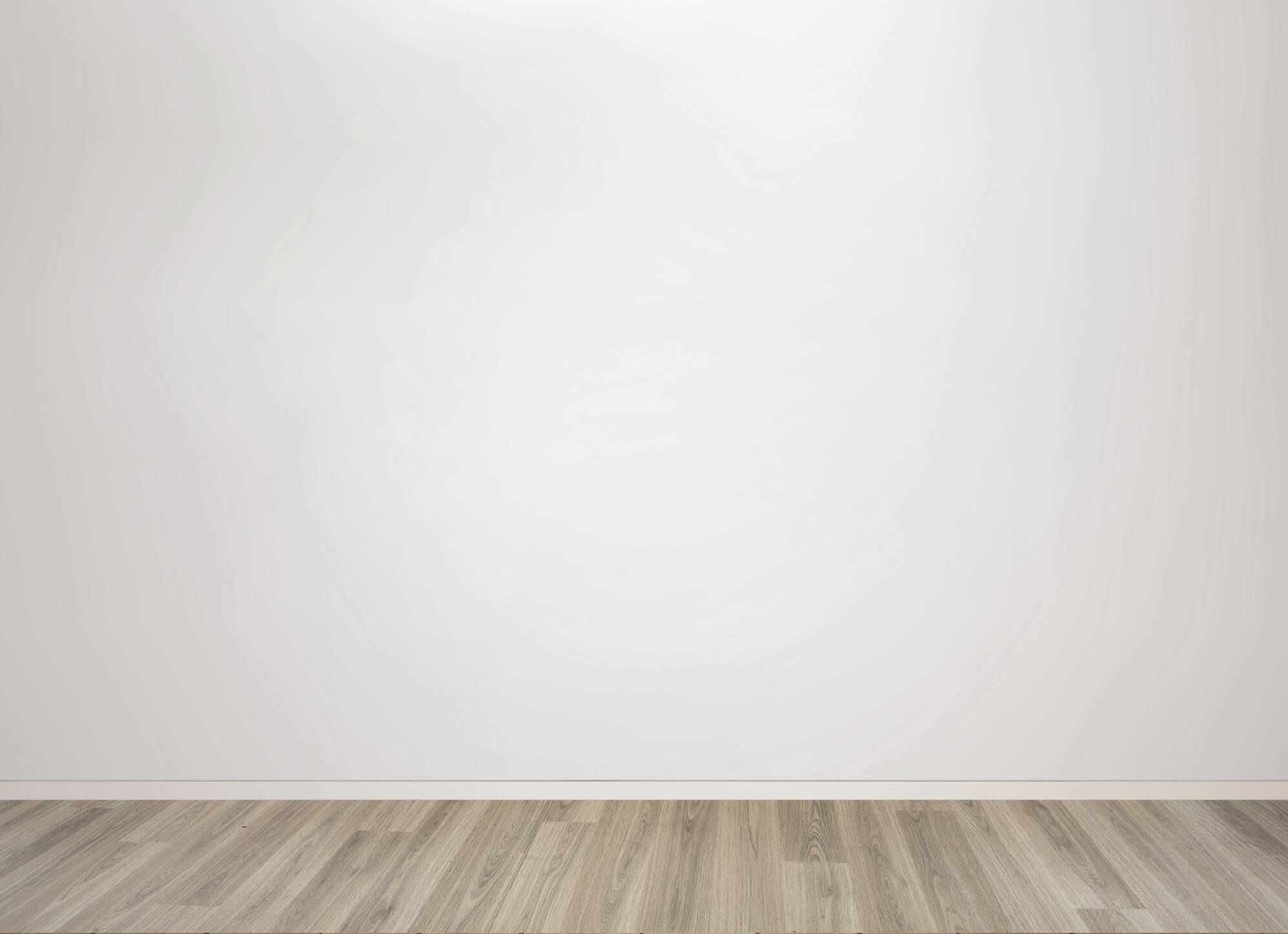
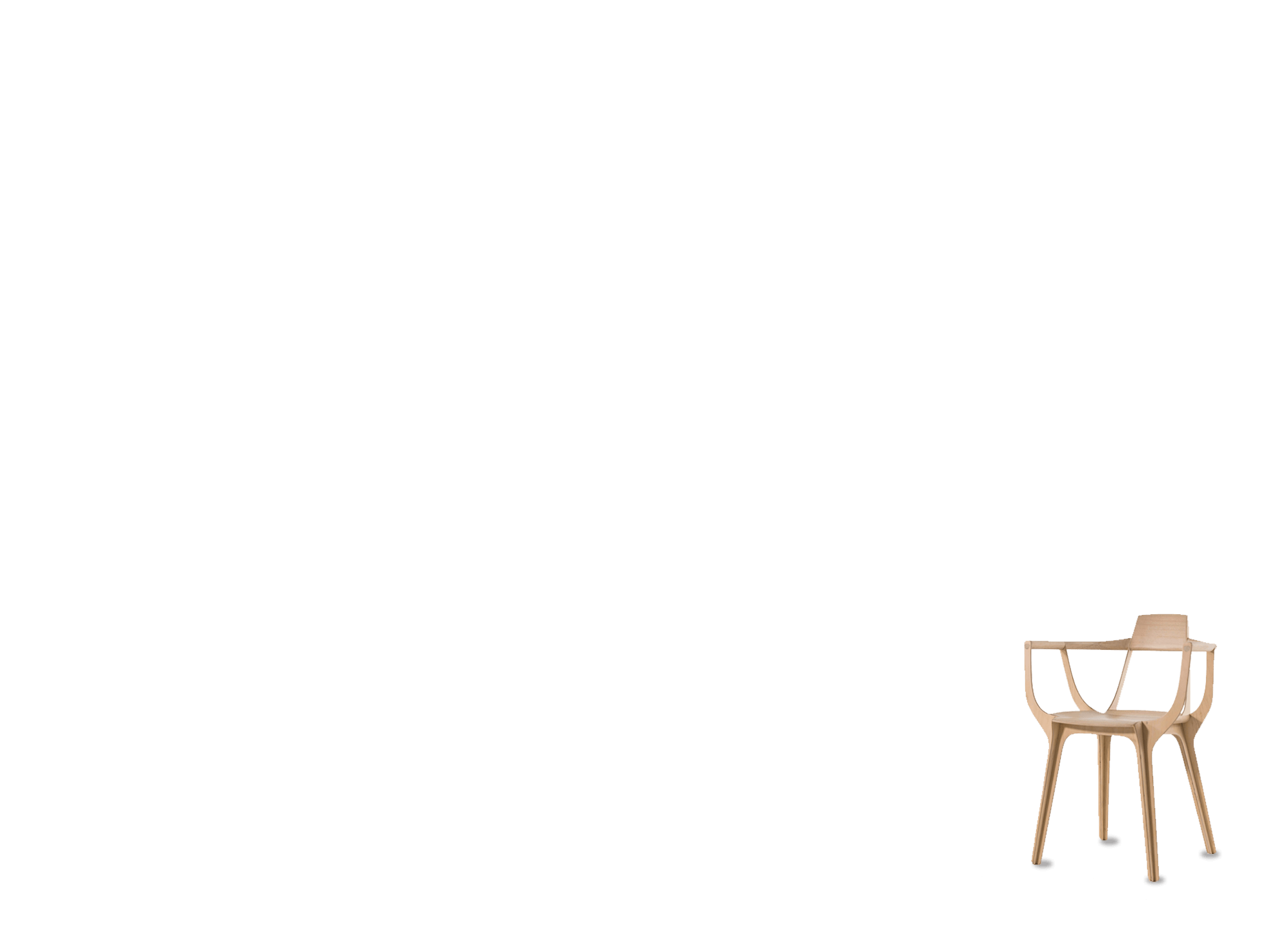
2.5 x 4m / 98.4 x 157 in



